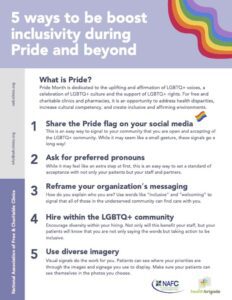Inclusivity isn’t just a buzzword — it’s a vital part of creating a welcoming environment for everyone, especially during Pride Month and beyond. For HR professionals, diversity advocates, social activists, and the general public, fostering an inclusive culture can lead to happier employees, more innovative ideas, and a stronger community. But where do you start?
In this blog, we’ll explore five impactful ways to boost inclusivity in your workplace, not just during Pride Month, but all year round. From sharing the Pride flag on social media to using diverse imagery, we’ll cover practical steps that you can implement to make a difference.
Share the Pride Flag on Your Social Media
 Why It Matters
Why It Matters
Sharing the Pride flag on your company’s social media is more than a symbolic gesture; it shows your commitment to supporting the LGBTQ+ community. This small act can have a significant impact, signaling to employees and followers that your organization stands for inclusivity and acceptance.
How to Do It
Remind yourself that small efforts go a long way. To get started, you can begin incorporating the Pride flag into your company’s profile pictures, banners, and posts. You can also use hashtags like #PrideMonth and #LoveIsLove to connect with the broader audience that may be searching through said hashtags.
Most importantly, don’t forget to explain the significance of the Pride flag and what it represents, as this can be a great opportunity to educate your audience about the history and importance of Pride.
Ask for Preferred Pronouns
Why It Matters
Using preferred pronouns respects individuals’ identities and fosters an inclusive environment. It’s another small step that goes a long way. Misgendering someone can make them feel invalidated and unwelcome, which is ultimately the opposite of what inclusivity aims to achieve.
How to Do It
Incorporate pronoun fields in your email signatures, name tags, and onboarding processes. Encourage employees to share their pronouns in meetings and on social media profiles. Provide training sessions to educate your team about the importance of using correct pronouns.
Companies like Slack and Zoom have added pronoun fields to their user profiles, making it easier for employees to share this information. This practice has been widely praised for its role in creating a more inclusive work environment.
Reframe Your Organization’s Messaging
Why It Matters
The language you use in your organization’s messaging can either include or exclude people. Reframing your messaging to be inclusive helps ensure that everyone feels represented and valued.
How to Do It
Review your internal and external communications for gender-neutral language. Avoid stereotypes and make sure your messaging reflects diverse perspectives. Use inclusive terms like “partner” instead of “husband” or “wife,” and “they/them” instead of “he/she” when the gender is unknown.
Branded Commitment
Brands like Nike — especially with their Be True campaign — and Airbnb have successfully reframed their messaging to be more inclusive. Their campaigns often feature diverse voices and avoid gendered language, setting a standard for others to follow. Nike’s Be True campaign uses art from trans artist Xavier Schipani, while Airbnb notes that “Since 2017, the number of Hosts around the world using LGBTQ+-inclusive language has surged by nearly 90%, signifying a shift towards an even more welcoming and inclusive community.”
Hire Within the LGBTQ+ Community
 Why It Matters
Why It Matters
Diverse teams bring different perspectives, leading to more innovative solutions and a richer workplace culture. Hiring within the LGBTQ+ community ensures that your team reflects the diversity of the world around us.
How to Do It
Partner with organizations that support LGBTQ+ job seekers, such as Out & Equal or The Trevor Project. Make sure your job postings are inclusive and highlight your commitment to diversity. Offer benefits that cater to the needs of LGBTQ+ employees, such as healthcare coverage for partners and mental health support.
Companies can make workplaces more LGBTQ+ friendly by clearly communicating their stances. According to LinkedIn, 74% of LGBTQ+ professionals feel the need to code-switch at work — which can pose devastating tolls on mental health and lead to burnout. This can be avoided by providing safe spaces and advocating for equality through policy and tangible measures.
Use Diverse Imagery
Why It Matters
Visual representation matters. Using diverse imagery in your marketing materials, website, and social media shows that your organization values and supports all identities.
How to Do It
Choose images that reflect a variety of genders, ethnicities, and backgrounds. Avoid tokenism by ensuring that diversity is consistent across all your visual content and posting not just during Pride Month. Collaborate with LGBTQ+ photographers and artists to create authentic representations.
Companies That Get the Picture
Adobe and Getty Images have led the way in promoting diverse imagery. Adobe’s promotion of LGBTQ+ artists — including Noah Camp, Jess Bird, and Anna Wandy Goguesy — has helped them resonate with a broad audience. Getty Images has also made moves to promote LGBTQ+ art, even going as far as to call out common advertising as “narrow” and “stereotypical” while making strong efforts to promote representation in partnering with GLAAD.
NAFC’s Commitment to the LGBTQ+ Community
Creating an inclusive workplace is an ongoing effort that requires commitment and action. By sharing the Pride flag on social media, asking for preferred pronouns, reframing your organization’s messaging, hiring within the LGBTQ+ community, and using diverse imagery, you can make a meaningful impact.
At the NAFC, we believe everyone — including those in the LGBTQ+ community — should have access to healthcare. Focusing on the uninsured and underserved, the NAFC offers a network of over 1,500 free clinics that are all accessible via our homepage. To get access to free healthcare today, please visit our website to use the Free Clinic Locator and contact us today.

 Why It Matters
Why It Matters Why It Matters
Why It Matters